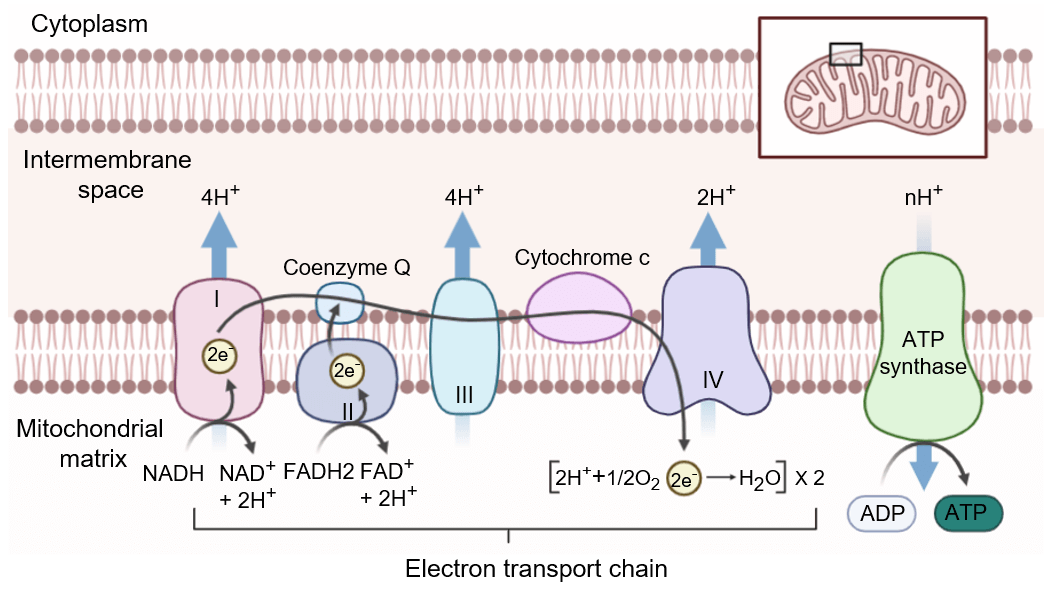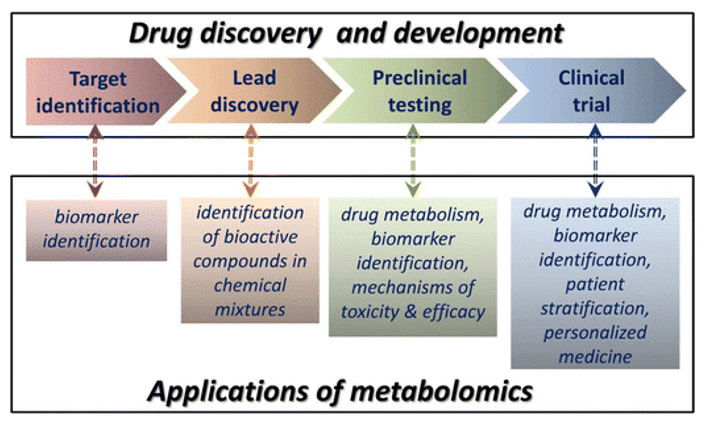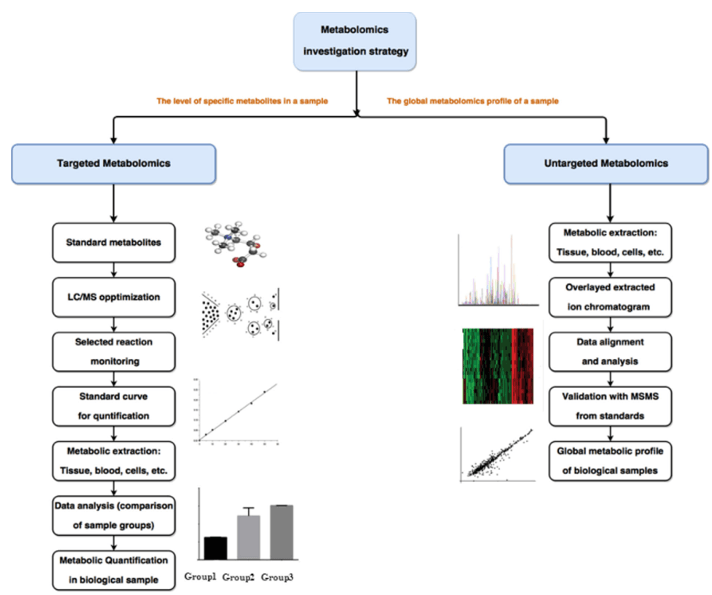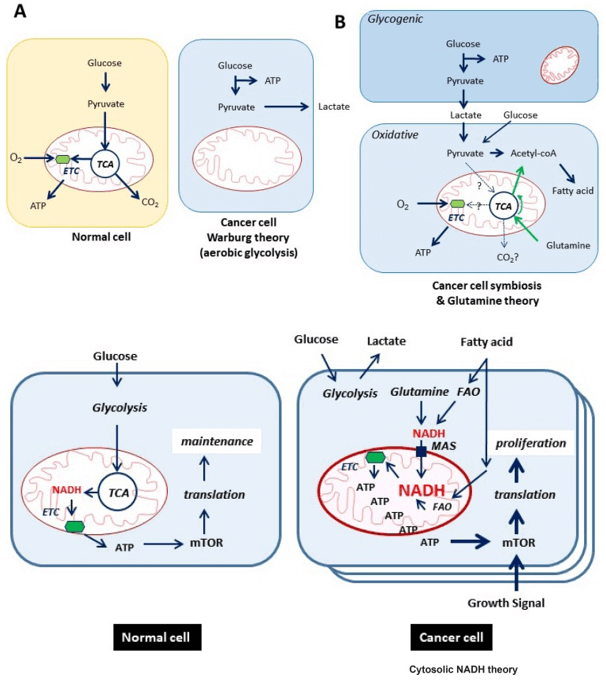Oxidative Phosphorylation Analysis Service
Submit Your Inquiry
Oxidative phosphorylation, an important mammalian energy metabolism procedure, refers to the redox reactions involving the flow of electrons along a series of membrane-bound proteins, coupled with the generation of adenosine triphosphate (ATP). It begins with the oxidation of NADH and FADH2. The energy of the electrons released by these two molecules is harnessed in a step-wise manner and used to create a proton gradient across the inner mitochondrial membrane. Afterwards, this proton gradient drivers the generation of ATP from ADP by the enzyme ATP synthase. The ultimate acceptor of these high-energy electrons is oxygen and therefore oxidative phosphorylation generates both ATP and water (Figure 1). Since its important roles in physiological procedures, any process that rudimentarily interrupts the generation of this molecule leads to serious diseases like fatal infantile cardioencephalomyopathy and myoclonic epilepsy and ragged-red fiber disease. In Creative Proteomics, we provide reliable, rapid and cost-effective analysis of oxidative phosphorylation metabolites to speed up your research aims ranging from diseases diagnosis to gaining new insights in disease mechanism or treatment.
 Figure 1. Overview of oxidative phosphorylation.
Figure 1. Overview of oxidative phosphorylation.
Applications of Oxidative Phosphorylation Analysis Service
- The development of cancer therapeutic strategies
- Monitor acquired disease
- The track of oxidative stress and adaptation in animal tissues and cells
- Biomarker discovery
Advantages of Our Oxidative Phosphorylation Analysis Service
- We have rich experience in oxidative phosphorylation metabolites quantification and analysis.
- We can perform relative and absolute quantification of multiple metabolites in a biological system.
- We have sensitive, reliable, and accurate HPLC-MS/MS method for quantification of metabolites in oxidative phosphate pathway.
Service Workflow
Creative Proteomics offers oxidative phosphorylation analysis service in a reliable and effective manner, based on our cutting-edge high-performance liquid chromatography- mass spectrometry (HPLC-MS) platforms. The experimental procedures contain four main procedures: sample collection, metabolites extraction, HPLC-MS data analysis and bioinformatics analysis (Figure 1). Our service will be tailored to specific samples and needs for optimal results.
 Figure 2. The overall workflow of oxidative phosphorylation analysis service.
Figure 2. The overall workflow of oxidative phosphorylation analysis service.
Platform: HPLC-MS/MS
Precision: pmol
Linear: R2 > 0.99
Analysis content:
- Standard curve creation
- Raw data preprocessing
- Relative and absolute quantitation of oxidative phosphorylation metabolites
- Identification of significant metabolites
- Pathway analysis
List of Detectable Oxidative Phosphorylation at Creative Proteomics| 1 | Pentose Ps | 2 | Ribose 1P |
| 3 | Ribulose 1,5bP | 4 | Galactose 1P |
| 5 | Glucose/Mannose 1P | 6 | Glucose 6P |
| 7 | Fructose 6P | 8 | Mannose 6P |
| 9 | 2/3P glycerate | 10 | 6P gluconate |
| 11 | Sucrose 6P | 12 | Trehalose 6P |
| 13 | Fructose 1,6bP | 14 | PEP |
| 15 | Glycerol P | 16 | Erythrose 4P |
| 17 | Sedoheptulose 7P | 18 | Deoxyxylose 5P |
| 19 | UMP | 20 | UTP |
| 21 | UDP | 22 | AMP |
| 23 | ATP | 24 | ADP |
| 25 | CMP | 26 | CTP |
| 27 | CDP | 28 | Guanosine Monophosphate |
| 29 | GTP | 30 | IMP |
| 31 | IDP | 32 | ITP |
| 33 | ADP-glucose | 34 | UDP-glucose |
| 35 | GDP-glucose | 36 | GDP-mannose |
| 37 | UDP-xylose | 38 | UDP-arabinose |
| 39 | UDP-glucuronate | 40 | UDP-galactose |
| 41 | UDP-glucosamine | 42 | UDP-galactosamine |
| 43 | PAPS | 44 | ppGpp |
Sample Requirements
We can analyze a wide range of biological materials including but not limited to cells and solid tissues from humans and animals, such as mice, rats, rabbits. If you need transport your samples to us, please follow the below requirements for different kinds of sample:
- Blood/plasma: 500ul/sample
- Urine: 1ml/sample
- Tissue: 200mg/sample
- Cells: 1x107/sample
- Feces: 500mg/sample
- Shipment condition: dry ice
Delivery
- A detailed technical report will be provided at the end of the whole project, including the experiment procedure, MS/MS instrument parameters.
- Analytes are reported as uM or ug/mg (tissue), and CV’s are generally < 10%.
- The name of the analytes, abbreviation, formula, molecular weight and CAS# would be also included in the report.
References
- Amruta P. Nayak, Arvinder Kapur, Lisa Barroilhet, Manish S. Patankar. Oxidative Phosphorylation: A Target for Novel Therapeutic Strategies Against Ovarian Cancer. Cancers. 2018, 10(9):337.
- Matthew T. Lewis, Jonathan D. Kasper, Jason N. Bazil, Jefferson C. Frisbee, and Robert W. wiseman. Quantification of mitochondrial oxidative phosphorylation in metabolic disease: application to type 2 diabetes.
- Katja Weckmann, Philip Diefenthaler, Marius W. Baeken, Kamran Yusifli, Christoph W. Turck, John M. Asara, Christian Behl, and Parvana Hajieva. Metabolimics profiling reveals differential adaptation of major energy metabolism pathways associated.
For Research Use Only. Not for use in diagnostic procedures.


 Figure 1. Overview of oxidative phosphorylation.
Figure 1. Overview of oxidative phosphorylation. Figure 2. The overall workflow of oxidative phosphorylation analysis service.
Figure 2. The overall workflow of oxidative phosphorylation analysis service.







